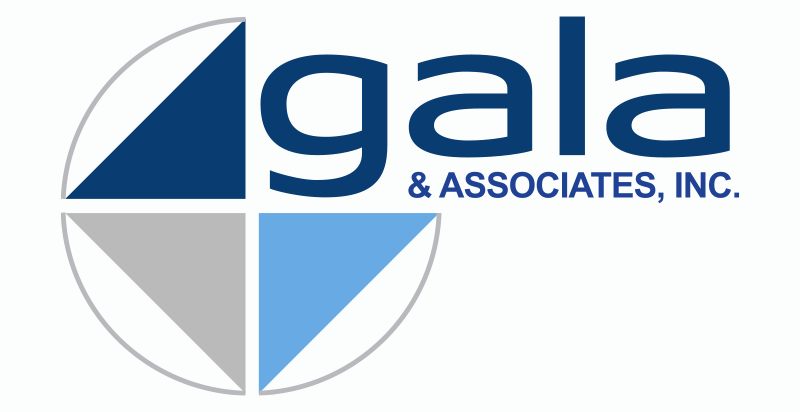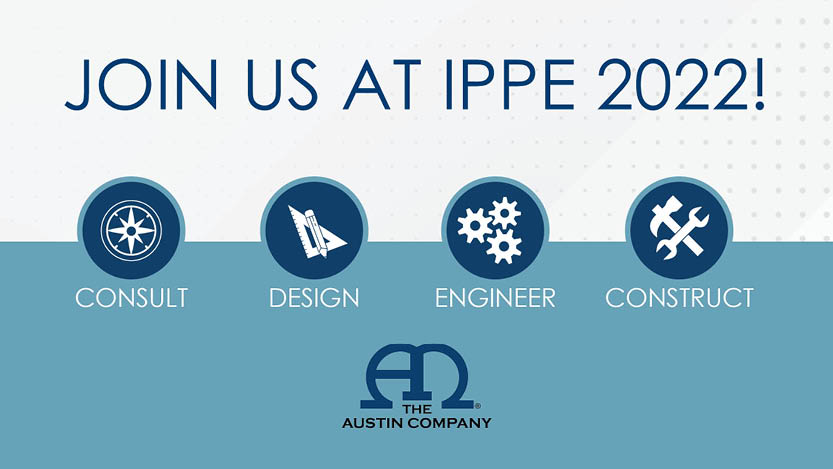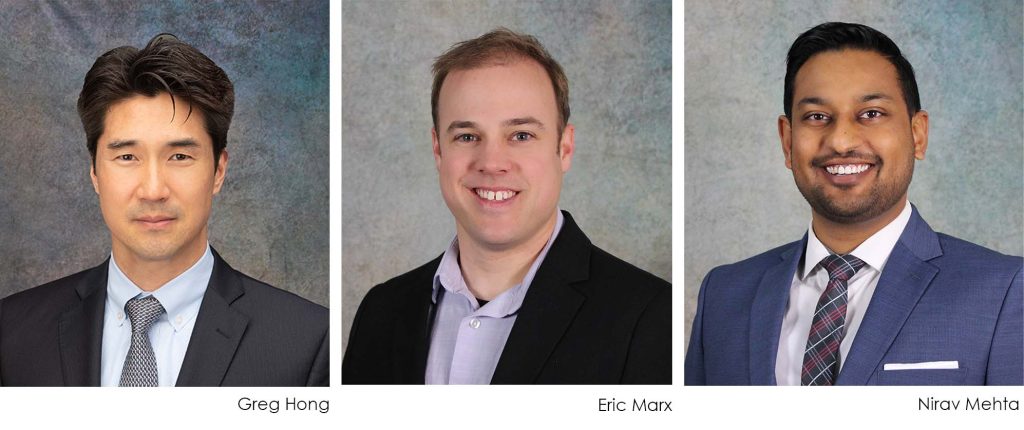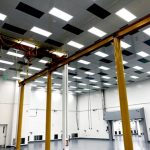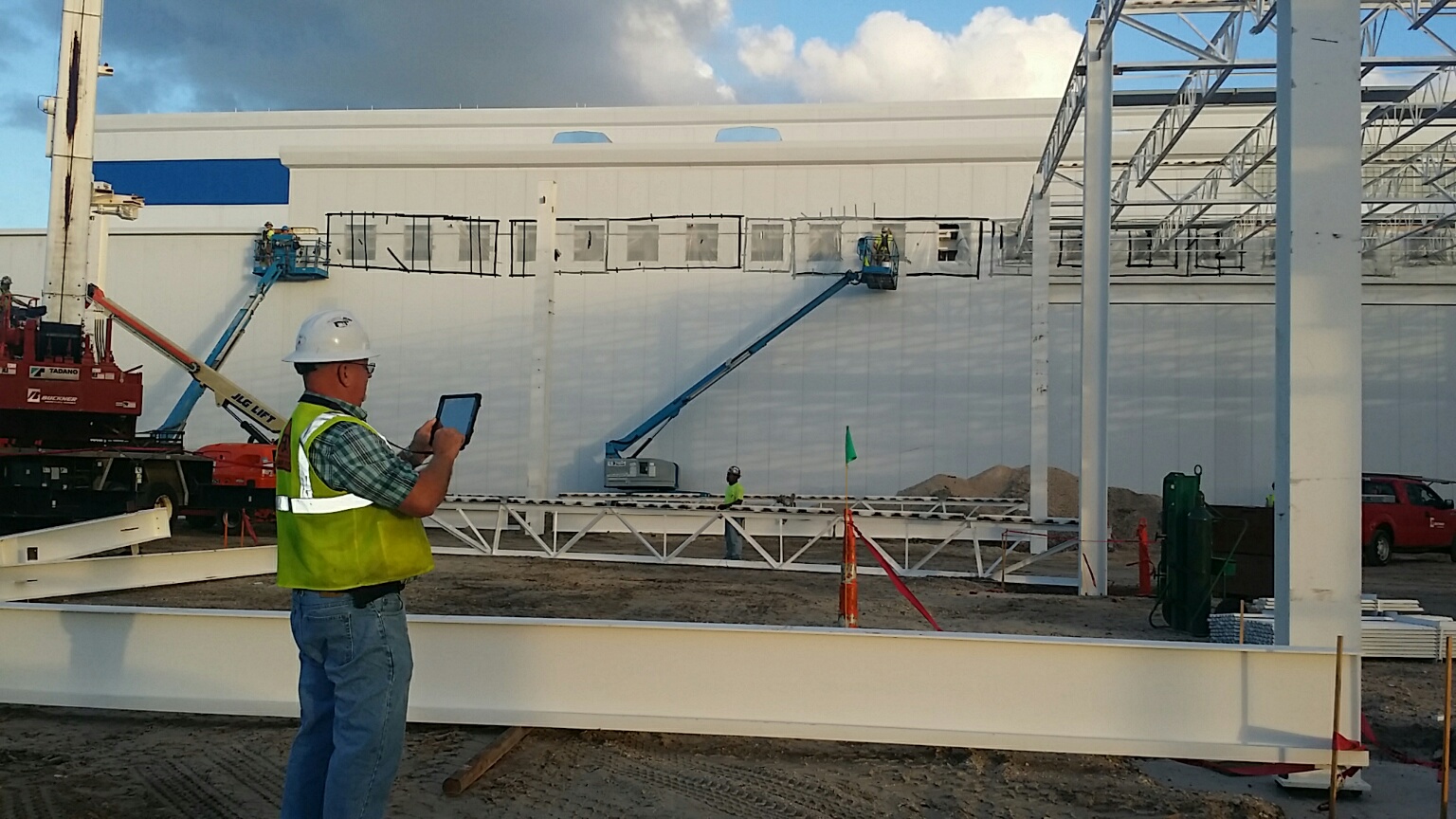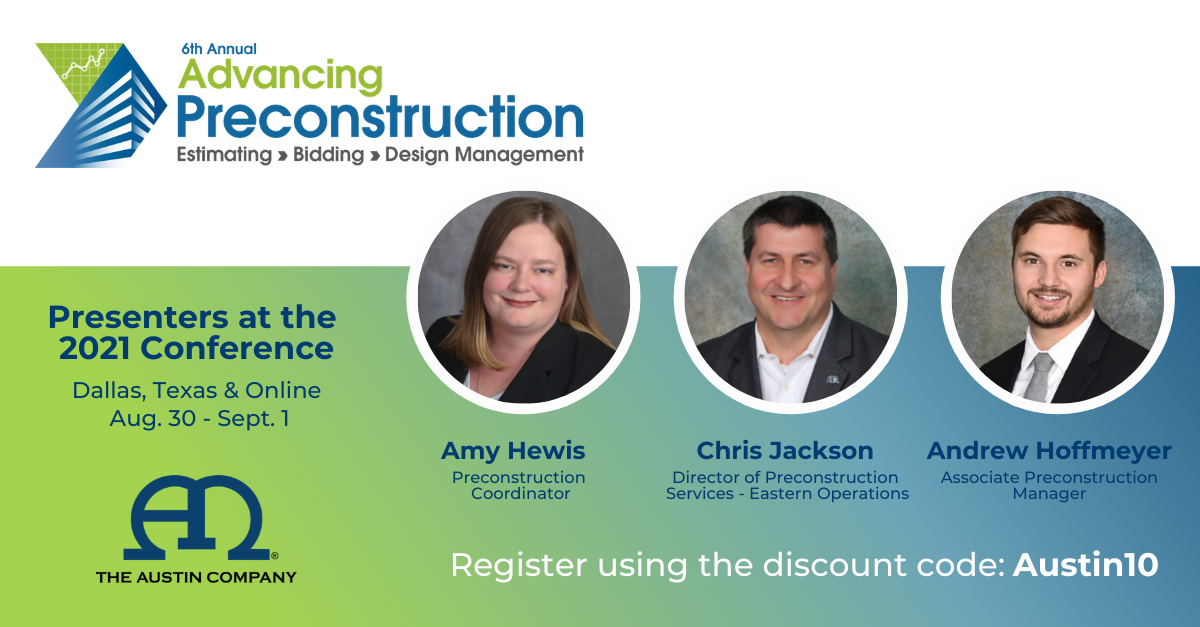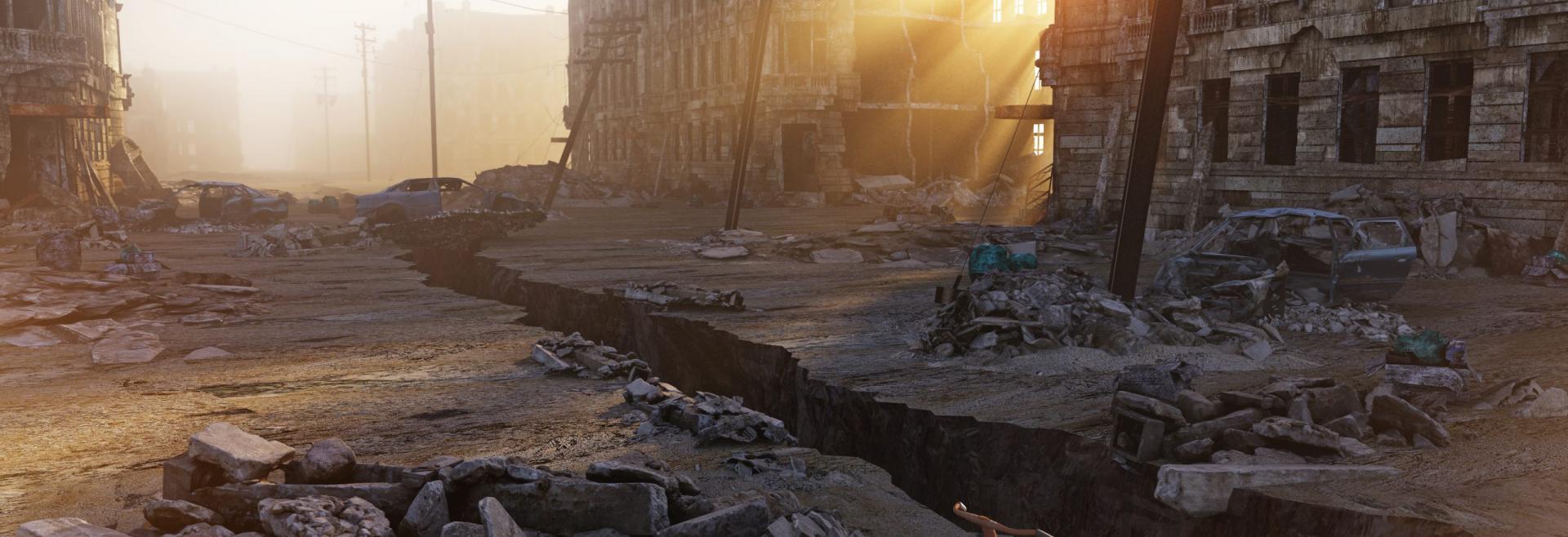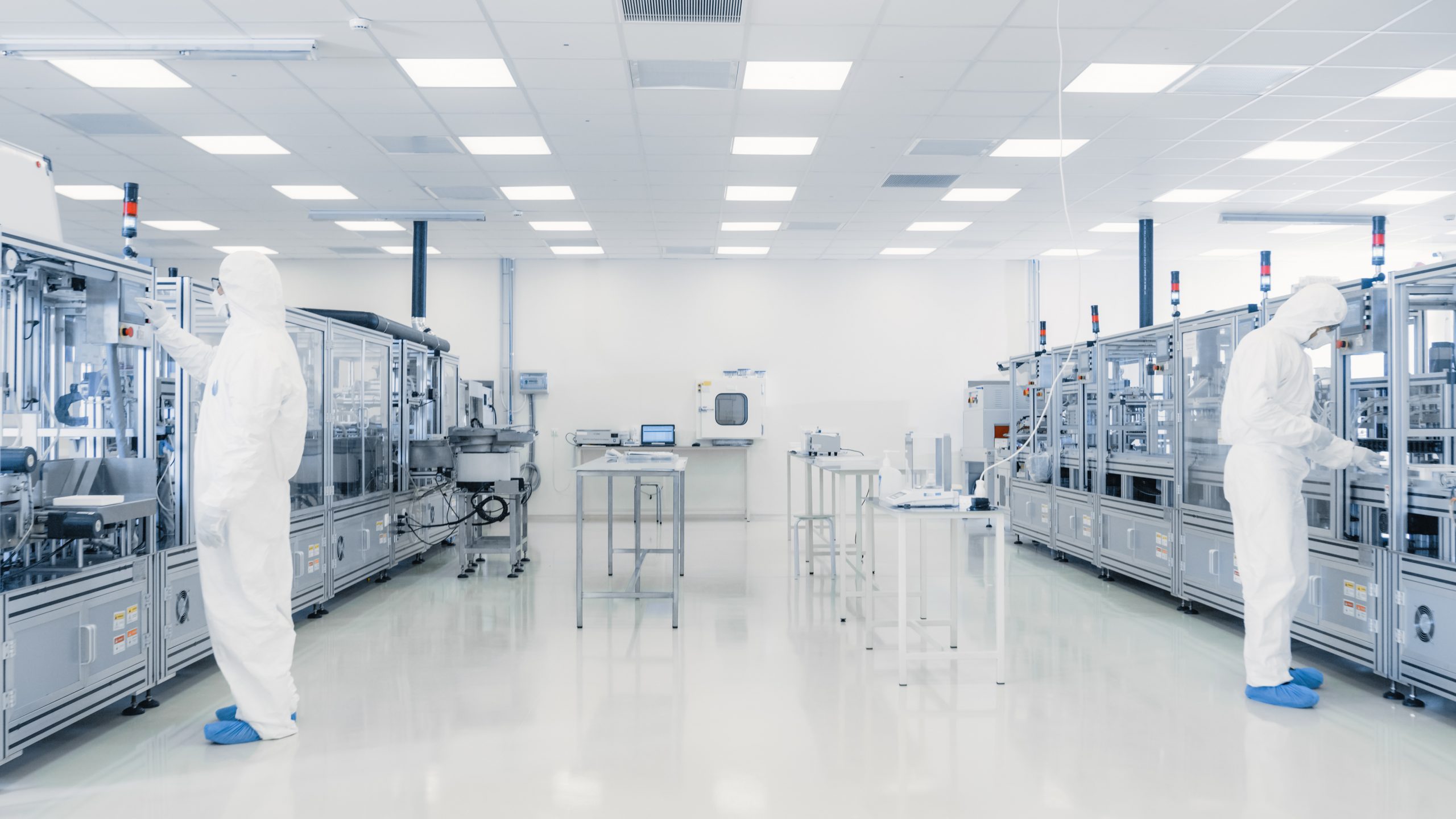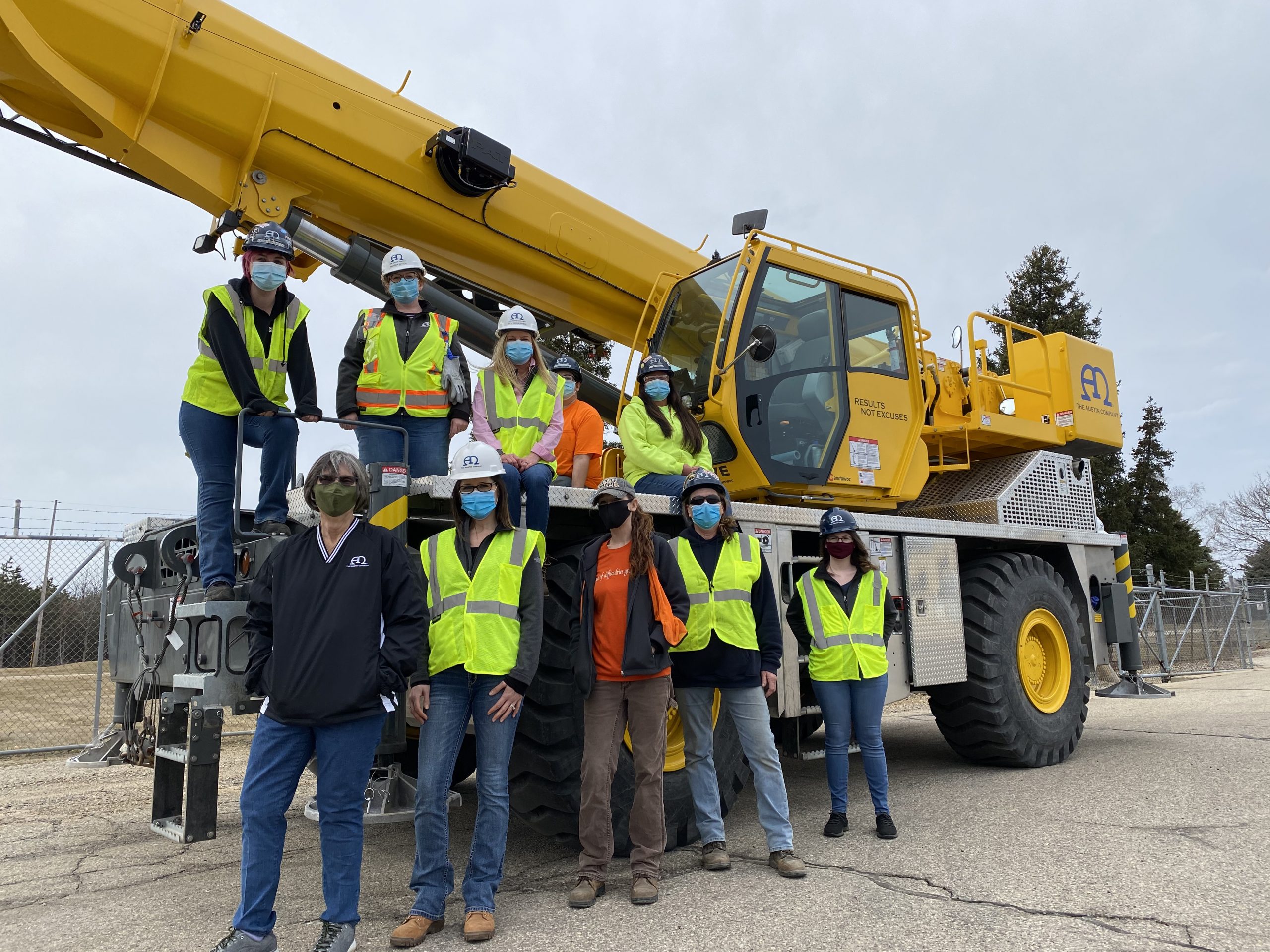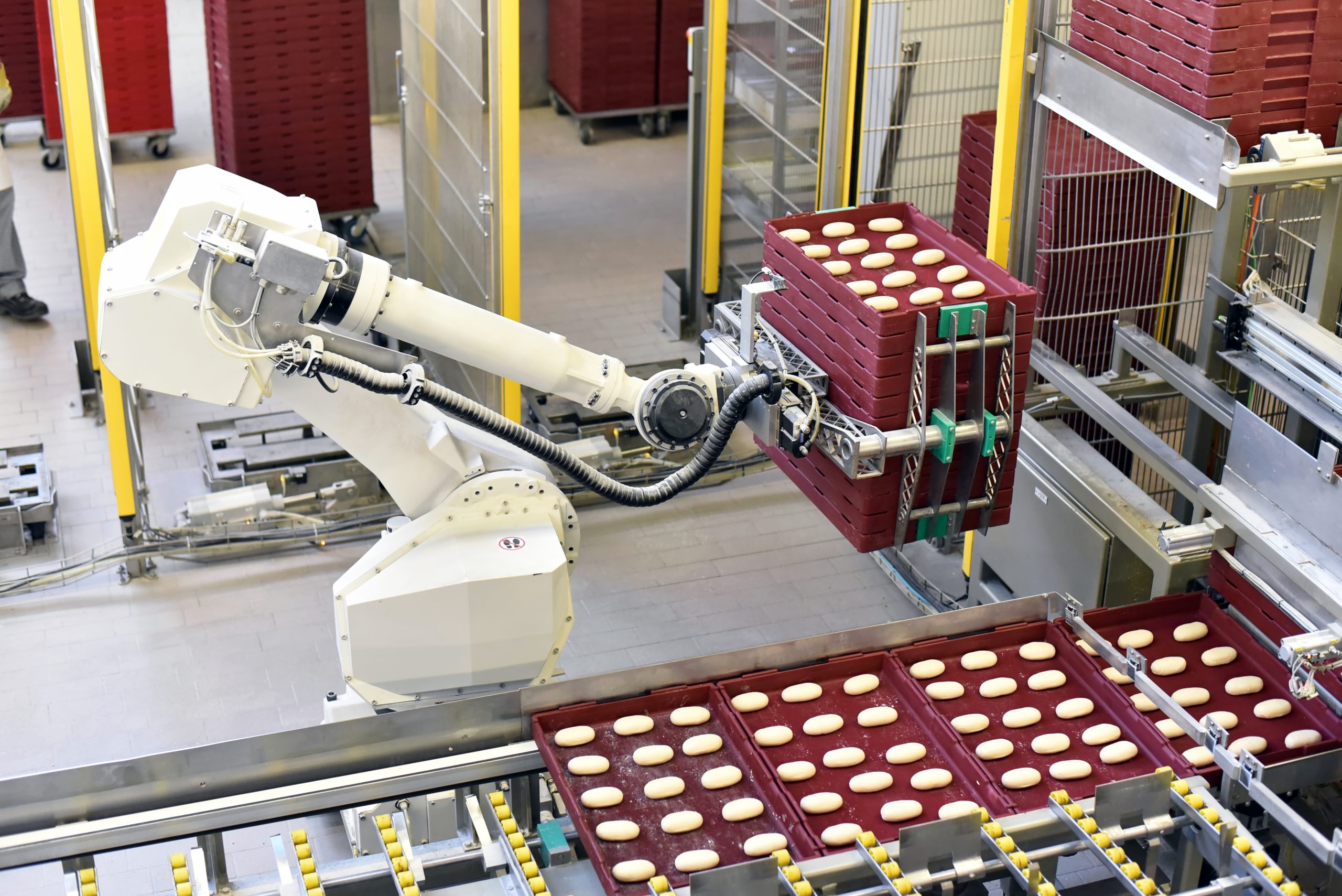
Automation has made steady progress into many phases of industrial baking, from ingredient handling to packaging to palletizing and warehouse operations. Advances in robotics and digital technology make automation a viable solution for many baking and snack producers, and the ROI can be attractive.
ARE YOU READY?
It is essential to evaluate if your organization is prepared to transition into automation. This step requires a certain level of technical sophistication from both maintenance and operations organizations. Because it can be challenging to transition from manual operations to a highly automated facility It is essential to evaluate your organization’s preparedness.
BABY STEPS
A good place to start the automation journey is in the packaging area. It is not uncommon for smaller bakers to manually pack finished products into corrugated cases, plastic trays, or baskets. Depending on the line speed, this often involves two to three people. Automation can often reduce the number of people performing these tasks while providing a safer working environment.
For the most part, large bakers were able to begin the automation journey many years ago and are now comfortable with the technology. They also have been able to hire or develop the talent to maintain these systems. However, while large bakers may be more comfortable with automation and robotic technology, no one is fully automated yet. The vision of a “lights out bakery” is still years away.
TALENT
Transitioning to automation requires hiring and developing solid technical talent. Bakeries must have the ability to operate, clean, and maintain these automated systems. This includes staff who know how to work with programmable controls, computers, and robotic systems and diagnose mechanical problems. It is vital to building an in-house technical team that can speed up today’s ever-changing technology.
FOOTPRINT
On average, automation in the packaging area requires 10 – 15% more space than a manual operation, depending on the application. For example, if you are loading finished products into trays or boxes, the products coming down the conveyor may require three or four people to pick and place the product into the tray or box. This takes a relatively small footprint. However, if you are going to automate this process, you need to lane, align, and feed it into a robotic cell. This requires more space. Some bakeries do not have the footprint to fully automate areas like packaging but can still benefit from other upgrades in technology. For example, bread or roll basket loading can often fit into an existing footprint.
ENERGY
Most automated systems require compressed air and electrical power. While some facilities may experience a slight uptick in energy costs, the cost savings due to reduced labor safety off-sets this occurrence. Typically, people doing these manual tasks are subjected to repetitive motion, bending, twisting, lifting, and reaching. These constant movements strain workers’ bodies, often leading to injuries to muscles, nerves, ligaments, and tendons. Automation eliminates these factors and provides a safer work environment for employees.
LABOR REDUCTION
One of the most compelling reasons for implementing automation is the challenge of labor force. For most bakeries, labor costs represent the most significant expense and hardest cost to manage or reduce. Even highly skilled operators can’t match the repeatable accuracy of automation. Some automated systems can also perform multiple operations, eliminating the time required to move materials from one work center to another.
Today’s labor market is probably one of the most challenging markets bakers have seen in many years. Hiring and retaining employees has been a significant challenge for most bakers. Many bakeries are moving to automation due to the inability to retain employees for highly repetitive positions.
PAY-BACK
The return on investment for automation depends on several factors, including each bakery’s financial guidelines for capital investment payback. However, a rule of thumb would be two to three year payback. When calculating your savings from automation, you need to include direct labor savings, improved uptime, quicker changeovers, and reduced workers’ comp costs.
There is a significant up-front investment required in automation. Ideally, to prepare for a clean installation and startup at the bakery, technical staff should be hired in advance. This allows them to be a part of the steep learning curve that comes with this new technology. Key maintenance and operations representatives should attend FATs (factory acceptance tests) and participate in installing the equipment.
MAINTAINING TIGHT SPECIFICATIONS
One of the biggest eye-openers when automating is the need to maintain tight specifications on your product. Most products can vary in size throughout the day. Typically, when manually placing the product into a basket, bag, or box, you can squeeze it and get it in there. With automation, there is usually not a lot of room for adjustment. This places pressure on the operators at the front end of the process to ensure the finished product is within specifications.
KEEPING UP WITH THE MARKET
Wherever you are considering automation, it is valuable to keep up to speed with current technology, what other bakers are doing, and the next best steps for your unique product and facility. When considering equipment suppliers, be sure to enter partnerships with companies that can support you through the training and maintenance journey. Make sure you understand all the needs and be able to communicate them clearly to vendors. Clear expectations should be established during the negotiating process. It is crucial that everyone understands these expectations for line efficiency, throughouts, and changeovers.
The best-in-class approach is to hire technical folks early in the project to work closely with vendors and benefit from first-hand equipment training. In addition, technical staff can benefit from being a part of the acquisition and installation process.
PHASED APPROACH
A phased approach to automation is usually the best course of action. There is considerable risk associated with drastic changes to operations. Phasing allows you to spread the risk out over time. We recommend a two- or three-phase investment. This prevents staff from being overtaxed while gaining experience with the technology. As comfort levels increase with the additional automation, you can move to the next phase, building on all that has been learned.
Any approach should consider the impact the change will have on your ability to get the product to the market. For example, maintaining product specs, equipment, and training can take time to get right, slowing down production.
While phasing plans vary, typically phases are implemented about a year apart. Timing considerations include any challenges encountered with the first phase, staffing requirements, and equipment lead times.
CRITICAL QUESTIONS
- What products is your bakery running?
- What are the speeds you are running?
- How many changeovers do you have each day?
- What are the specifications of the product?
- What is the bakery’s available footprint?
- Are you comfortable with robotics?
- Should a non-robotic solution for automation be considered?
The early stages of automation planning often lead to more questions than answers. But, partnering with experienced bakery designers, engineers, constructors, and vendors, means you won’t be going it alone. Meeting the challenges of today’s food and snack industry requires out-of-the-box thinking. However, with a well-thought-out, phased approach, the automation game can be won.
